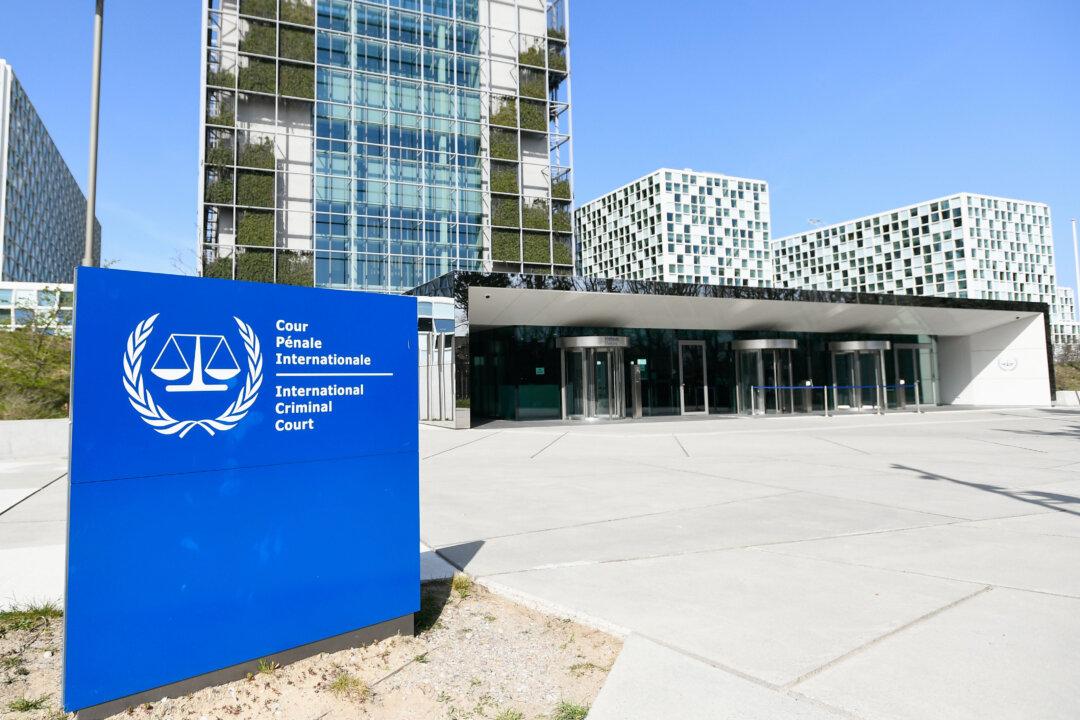The information technology systems of Los Angeles Unified School District (LAUSD) in California, the second largest school district in the United States, were targeted by a ransomware attack over Labor Day weekend, the school system announced Monday.
Following the “external cyber attack” on IT assets, LAUSD quickly responded to minimize disruptions to its network, including email services, access to applications, and computer systems, according to a Sept. 5 news release. Despite the attack, the district resumed normal operations on Sept. 6, providing a full day of instruction to students.





